


Books in series

Chaos and Cosmos
Ritual in Early and Medieval Japanese Literature
1990

Die Entstehung Des Kabuki
Transkulturation Europa-Japan Im 16. Und 17. Jahrhundert (Brill's Japanese Studies Library)
1990

A Reconstruction Of Proto Ainu
1993

The Foundations of Japan's Modernization
A Comparison with China's Path Towards Modernization
1995

New Directions in the Study of Meiji Japan
1997

Itô Jinsai's Gomô Jigi and the Philosophical Definition of Early Modern Japan
1998

The Postwar Development of Japanese Studies in the United States
1998

A Dutch Spy In China
Reports On The First Phase Of The Sino-Japanese War
1999

Meeting the Sensei
The Role of the Master in Shirakaba Writers
2000

Japanese Theatre and the International Stage
2000

Individuum, Society, Humankind
The Triadic Logic of the Species According to Hajime Tanabe
2001

A Descriptive Grammar of Early Old Japanese Prose
2001

Christianity in Early Modern Japan
Kirishitan Belief and Practice
2001

Capital Punishment in Japan
2001

Juvenile Delinquency in Japan
Reconsidering the 'Crisis'
2003

Hiratsuka Raichō and Early Japanese Feminism
2003

Dew on the Grass
The Life and Poetry of Kobayashi Issa
2004

Koguryo
The Language of Japan's Continental Relatives
2004

Progressive Traditions
An Illustrated Study of Plot Repetition in Traditional Japanese Theatre
2005

Theorizing the Angura Space
Avant-Garde Performance and Politics in Japan, 1960-2000
2006

Thinking Like a Man
Tadano Makuzu (1763-1825)
2006

Japanese Fiction of the Allied Occupation
Vision, Embodiment, Identity
2006

Haikai Poet Yosa Buson And The Bashō Revival
2006

Christ in Japanese Culture
Theological Themes in Shusaku Endo's Literary Works
2008

Nagaoka
Japan's Forgotten Capital
2008

The Crisis of Identity in Contemporary Japanese Film
Personal, Cultural, National
2008

Hitomaro
Poet As God
2009

Miki Kiyoshi 1897-1945
Japan's Itinerant Philosopher
2009

Imag(in)ing the War in Japan
Representing and Responding to Trauma in Postwar Literature and Film
2010

Essays on Japan
Between Aesthetics and Literature
2010

The Chronicle of Lord Nobunaga
1610

Fantasies of Cross-dressing
Japanese Women Write Male-Male Erotica
2012

Uncharted Waters
Intellectual Life in the Edo Period: Essays in Honour of W.J. Boot
2012

Public Opinion - Propaganda - Ideology
Theories on the Press and Its Social Function in Interwar Japan, 1918-1937
2012

Optical Allusions
Screens, Paintings, and Poetry in Classical Japan
2012

Crossing Boundaries in Tokugawa Society
Suzuki Bokushi, a Rural Elite Commoner
2013

Japanese Historiography and the Gold Seal of 57 C.E.
2013

Sacred Space in the Modern City
The Fractured Pasts of Meiji Shrine, 1912-1958
2013

Listen, Copy, Read
Popular Learning in Early Modern Japan
2014

Japan’s Sexual Gods
Shrines, Roles and Rituals of Procreation and Protection
2015

Harima Fudoki
A Record of Ancient Japan Reinterpreted, Translated, Annotated, and With Commentary
2015

Values, Identity, and Equality in Eighteenth- And Nineteenth-Century Japan
2015

Japanese Pan-Asianism and the Philippines from the Late 19th Century to the End of World War II
Going to the Philippines Is Like Coming Home?
2015

Reading Japanese "Haikai" Poetry
A Study in the Polyphony of Yosa Buson's Linked Poems
2016

Mediated by Gifts
2016

Parody, Irony and Ideology in the Fiction of Ihara Saikaku,
2017

Mutual Perceptions and Images in Japanese-German Relations, 1860-2010
2017
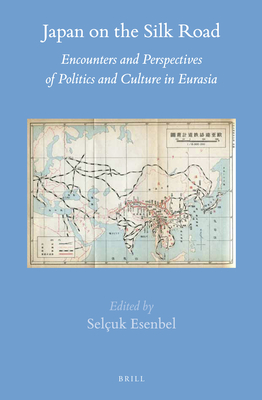
Japan on the Silk Road
Encounters and Perspectives of Politics and Culture in Eurasia
2017
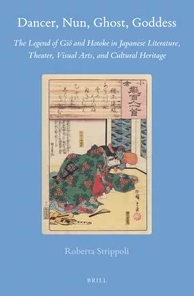
Dancer, Nun, Ghost, Goddess
The Legend of Giō And Hotoke in Japanese Literature, Theater, Visual Arts, and Cultural Heritage
2017

The Unnamable Archipelago
Wounds of the Postcolonial in Postwar Japanese Literature and Thought
2019
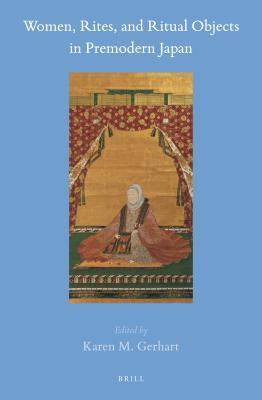
Women, Rites, and Ritual Objects in Premodern Japan
2018
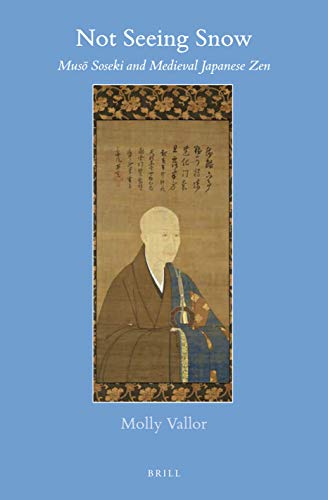
Not Seeing Snow
Muso Soseki and Medieval Japanese Zen
2019
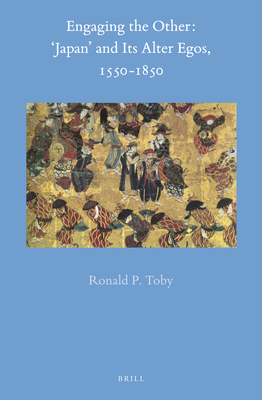
Engaging the Other
'Japan' and Its Alter-Egos, 1550-1850
2019
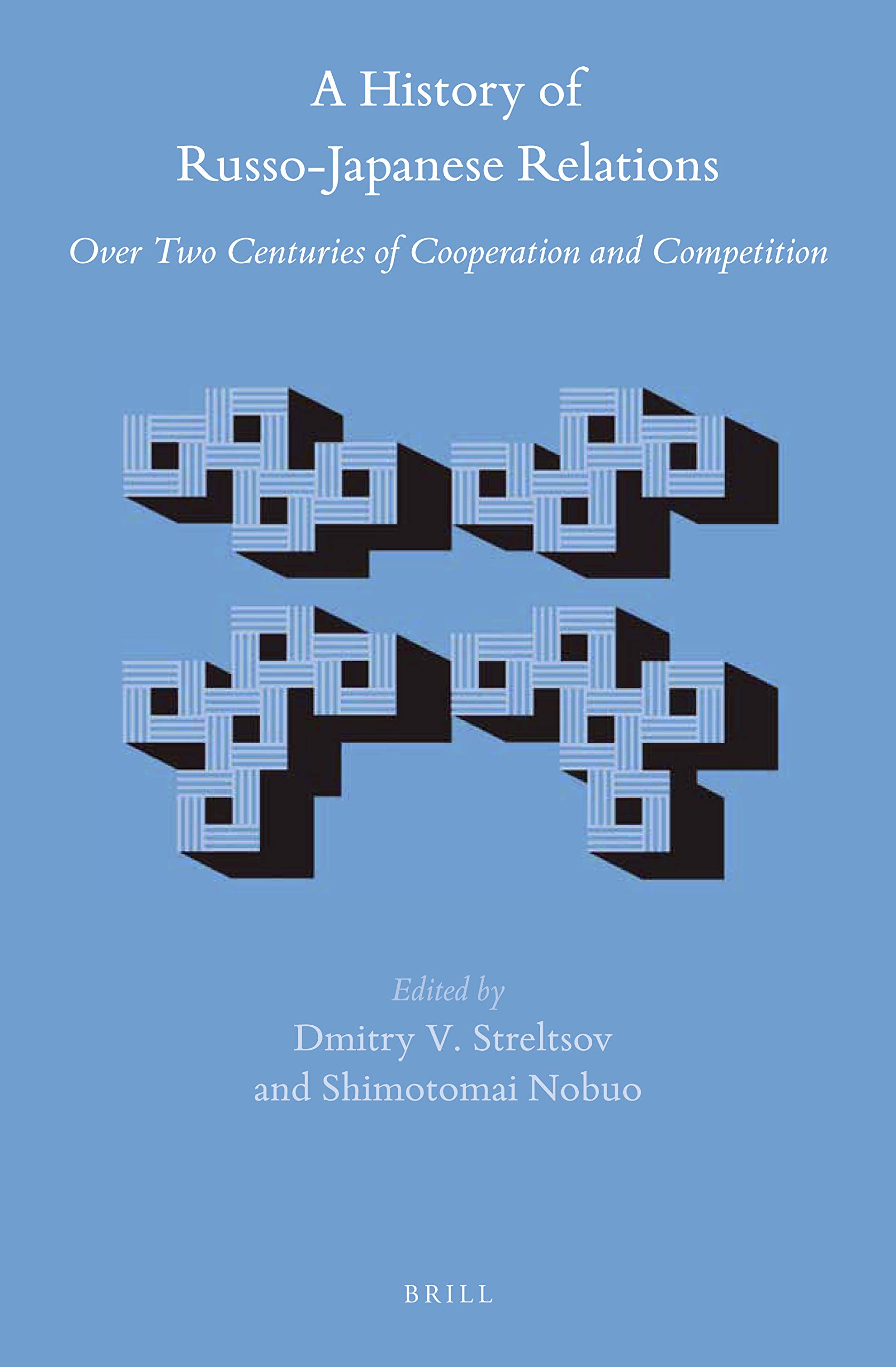
A History of Russo-Japanese Relations
Over Two Centuries of Cooperation and Competition
2019
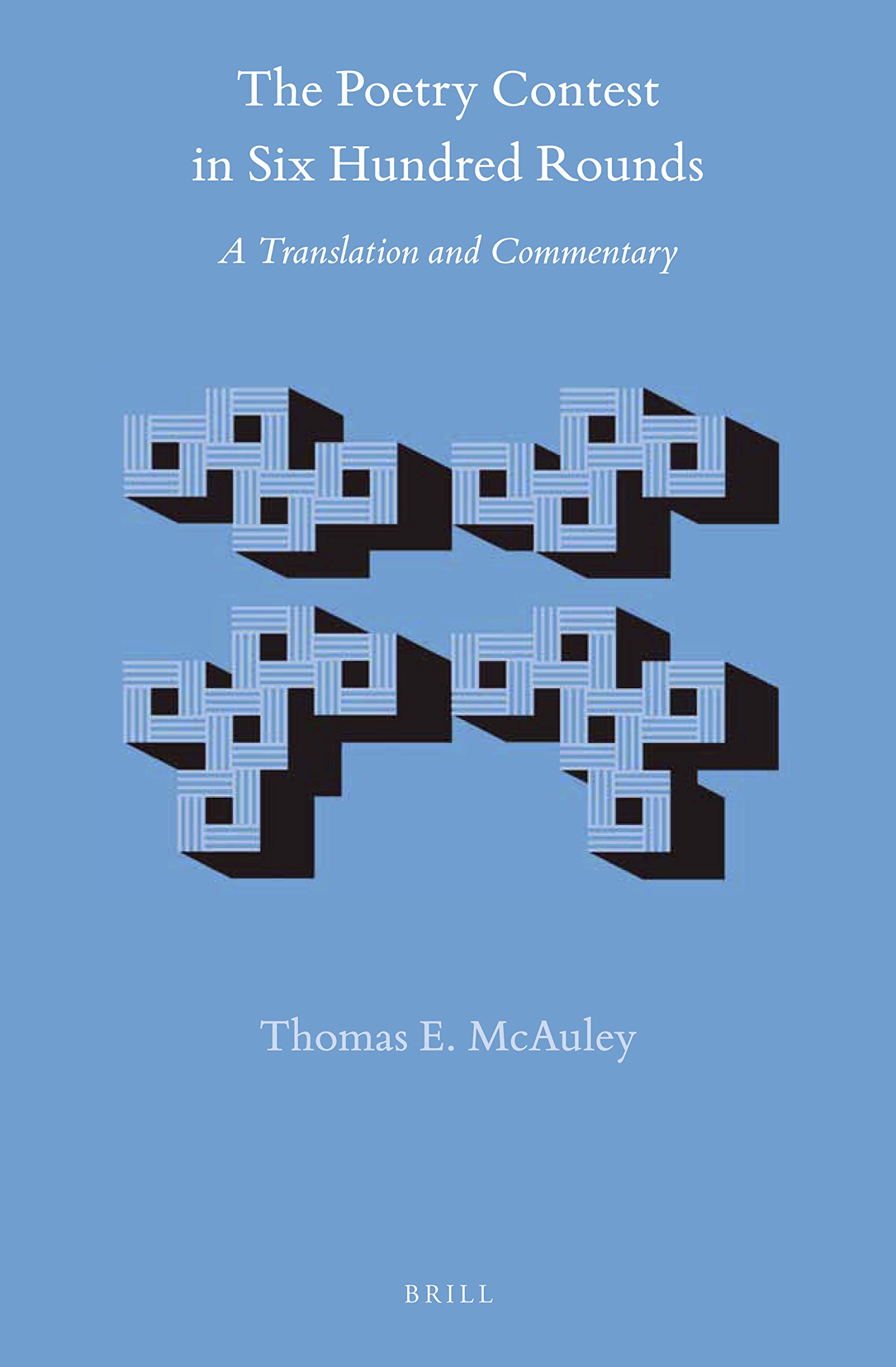
The Poetry Contest in Six Hundred Rounds
A Translation and Commentary
2019

Turbulent Streams
An Environmental History of Japan’s Rivers, 1600–1930
2021
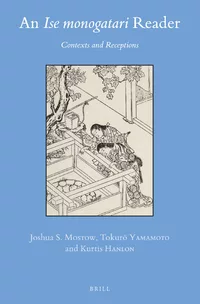
An Ise monogatari Reader
Contexts and Receptions
2021
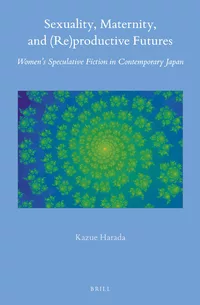
Sexuality, Maternity, and (Re)productive Futures
Women’s Speculative Fiction in Contemporary Japan
2021
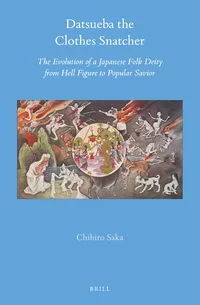
Datsueba the Clothes Snatcher
The Evolution of a Japanese Folk Deity from Hell Figure to Popular Savior
2022
Authors


Makoto Ueda (上田 真 Ueda Makoto, born 1931) is a professor emeritus of Japanese literature at Stanford University. He earned a Ph.D. in comparative literature in 1961. In 2004-2005 he served as the honorary curator of the American Haiku Archives at the California State Library in Sacramento, California. He was given that honor "in recognition of Ueda’s many decades of academic writing about haiku and related genres and his leading translations of Japanese haiku." The library added that "Ueda has been our most consistently useful source for information on Japanese haiku, as well as our finest source for the poems in translation, from Bashô to the present day." His work on female poets and 20th century poets "had an enormous impact". He is an author of numerous books about Japanese literature and in particular Haiku, Senryū, Tanka, and Japanese poetics. (from Wikipedia)
